N-S方程式問題有解了?與黎曼猜想並列,千禧年數學難題勝利在望
這是數學中最著名的未解問題之一。新的工作已通過同行評審,全文可看。
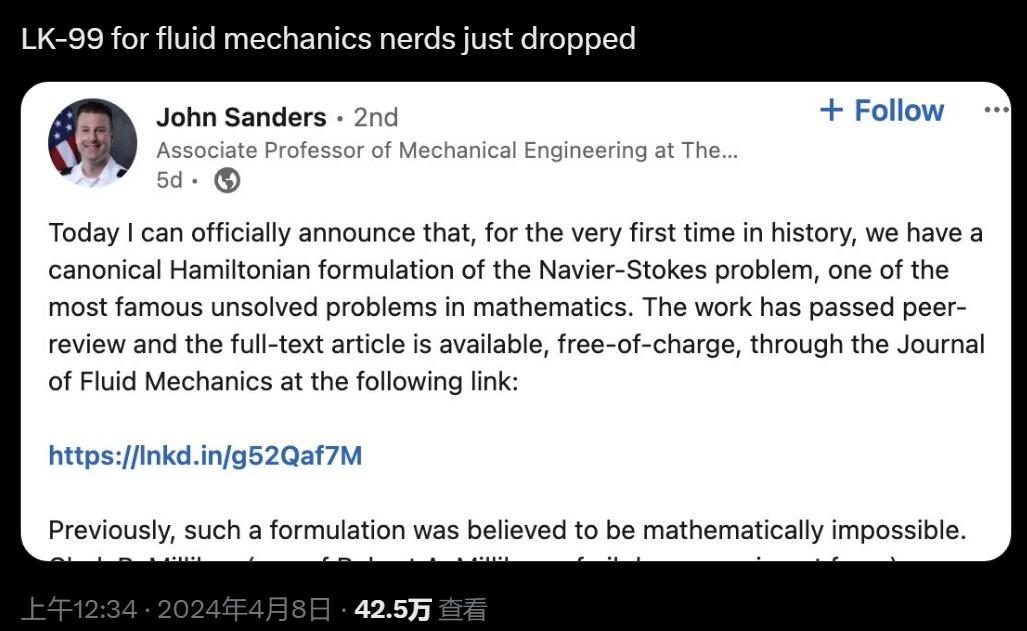


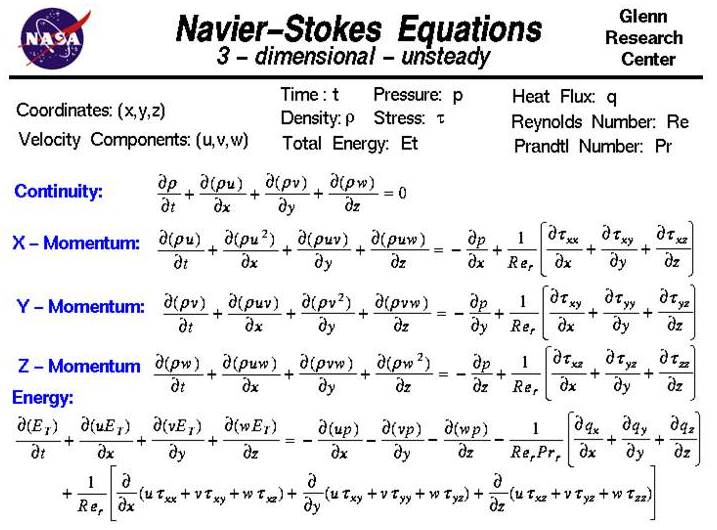
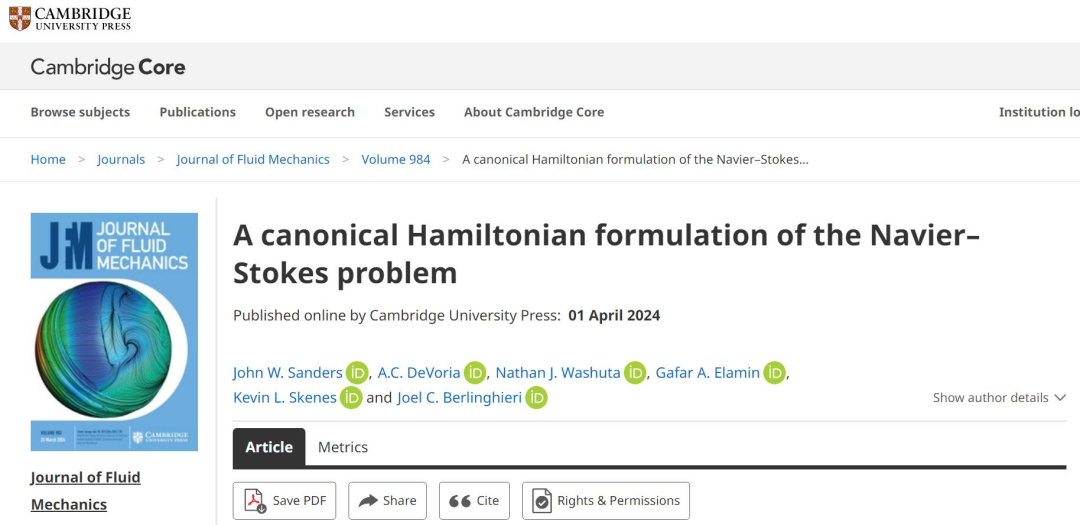
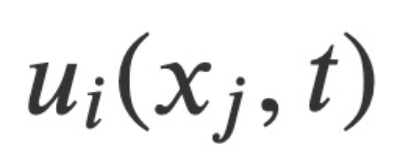 and pressure
and pressure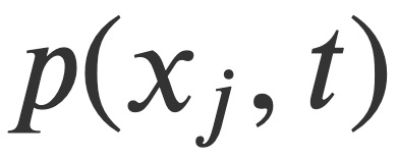 as variable field quantities, as well as the canonical conjugate momentum derived from analysis. Based on this, this study constructs a conserved Hamiltonian function H* that satisfies the Hamiltonian canonical equation, and formulates the related Hamiltonian-Jacobian equations for compressible and incompressible flows. This Hamiltonian-Jacobian equation reduces the problem of finding four independent field quantities to finding a single scalar functional among these fields - Hamilton's main functional. Furthermore, Hamilton and Jacobi's transformation theory provides a prescribed method for solving the Navier-Stokes problem: find S*.
as variable field quantities, as well as the canonical conjugate momentum derived from analysis. Based on this, this study constructs a conserved Hamiltonian function H* that satisfies the Hamiltonian canonical equation, and formulates the related Hamiltonian-Jacobian equations for compressible and incompressible flows. This Hamiltonian-Jacobian equation reduces the problem of finding four independent field quantities to finding a single scalar functional among these fields - Hamilton's main functional. Furthermore, Hamilton and Jacobi's transformation theory provides a prescribed method for solving the Navier-Stokes problem: find S*. 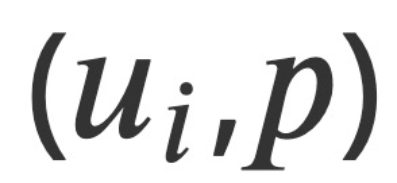

If the analytical expression of S * can be obtained, then it will obtain a set of new fields through regular transformation, giving the analytical expressions of the original velocity and pressure fields, These fields will simply be equivalent to their initial values. Failing that, one can only prove that a complete solution to the Hamilton-Jacobian equation exists or does not exist, which would also solve the problem of the existence of the solution.
Could this new research lead to a million-dollar prize? To win, researchers must show that there are solutions to the three-dimensional incompressible Navier-Stokes equations and that, if there are solutions, those solutions are smooth.
Mathematician Terence Tao once thought that this was difficult.
 Judging from the current progress, new research has made it easier to solve open problems, and we have taken a big step forward - Navier-Stor The canonical Hamiltonian formulation of the Kers equation may mean that we can bypass the limitations of the standard Lagrangian and reduce the problem to finding a single scalar function.
Judging from the current progress, new research has made it easier to solve open problems, and we have taken a big step forward - Navier-Stor The canonical Hamiltonian formulation of the Kers equation may mean that we can bypass the limitations of the standard Lagrangian and reduce the problem to finding a single scalar function. Perhaps we are not far away from solving the second question of the Millennium Puzzle.
以上是N-S方程式問題有解了?與黎曼猜想並列,千禧年數學難題勝利在望的詳細內容。更多資訊請關注PHP中文網其他相關文章!

熱AI工具

Undresser.AI Undress
人工智慧驅動的應用程序,用於創建逼真的裸體照片

AI Clothes Remover
用於從照片中去除衣服的線上人工智慧工具。

Undress AI Tool
免費脫衣圖片

Clothoff.io
AI脫衣器

AI Hentai Generator
免費產生 AI 無盡。

熱門文章

熱工具

記事本++7.3.1
好用且免費的程式碼編輯器

SublimeText3漢化版
中文版,非常好用

禪工作室 13.0.1
強大的PHP整合開發環境

Dreamweaver CS6
視覺化網頁開發工具

SublimeText3 Mac版
神級程式碼編輯軟體(SublimeText3)

熱門話題
 ControlNet作者又出爆款!一張圖生成繪畫全過程,兩天狂攬1.4k Star
Jul 17, 2024 am 01:56 AM
ControlNet作者又出爆款!一張圖生成繪畫全過程,兩天狂攬1.4k Star
Jul 17, 2024 am 01:56 AM
同樣是圖生視頻,PaintsUndo走出了不一樣的路線。 ControlNet作者LvminZhang又開始整活了!這次瞄準繪畫領域。新項目PaintsUndo剛上線不久,就收穫1.4kstar(還在瘋狂漲)。項目地址:https://github.com/lllyasviel/Paints-UNDO透過這個項目,用戶輸入一張靜態圖像,PaintsUndo就能自動幫你生成整個繪畫的全過程視頻,從線稿到成品都有跡可循。繪製過程,線條變化多端甚是神奇,最終視頻結果和原始圖像非常相似:我們再來看一個完整的繪
 從RLHF到DPO再到TDPO,大模型對齊演算法已經是「token-level」
Jun 24, 2024 pm 03:04 PM
從RLHF到DPO再到TDPO,大模型對齊演算法已經是「token-level」
Jun 24, 2024 pm 03:04 PM
AIxiv專欄是本站發布學術、技術內容的欄位。過去數年,本站AIxiv專欄接收通報了2,000多篇內容,涵蓋全球各大專院校與企業的頂尖實驗室,有效促進了學術交流與傳播。如果您有優秀的工作想要分享,歡迎投稿或聯絡報道。投稿信箱:liyazhou@jiqizhixin.com;zhaoyunfeng@jiqizhixin.com在人工智慧領域的發展過程中,對大語言模型(LLM)的控制與指導始終是核心挑戰之一,旨在確保這些模型既強大又安全地服務人類社會。早期的努力集中在透過人類回饋的強化學習方法(RL
 登頂開源AI軟體工程師榜首,UIUC無Agent方案輕鬆解決SWE-bench真實程式設計問題
Jul 17, 2024 pm 10:02 PM
登頂開源AI軟體工程師榜首,UIUC無Agent方案輕鬆解決SWE-bench真實程式設計問題
Jul 17, 2024 pm 10:02 PM
AIxiv專欄是本站發布學術、技術內容的欄位。過去數年,本站AIxiv專欄接收通報了2,000多篇內容,涵蓋全球各大專院校與企業的頂尖實驗室,有效促進了學術交流與傳播。如果您有優秀的工作想要分享,歡迎投稿或聯絡報道。投稿信箱:liyazhou@jiqizhixin.com;zhaoyunfeng@jiqizhixin.com這篇論文的作者皆來自伊利諾大學香檳分校(UIUC)張令明老師團隊,包括:StevenXia,四年級博士生,研究方向是基於AI大模型的自動代碼修復;鄧茵琳,四年級博士生,研究方
 OpenAI超級對齊團隊遺作:兩個大模型博弈一番,輸出更好懂了
Jul 19, 2024 am 01:29 AM
OpenAI超級對齊團隊遺作:兩個大模型博弈一番,輸出更好懂了
Jul 19, 2024 am 01:29 AM
如果AI模型給的答案一點也看不懂,你敢用嗎?隨著機器學習系統在更重要的領域中得到應用,證明為什麼我們可以信任它們的輸出,並明確何時不應信任它們,變得越來越重要。獲得對複雜系統輸出結果信任的一個可行方法是,要求系統對其輸出產生一種解釋,這種解釋對人類或另一個受信任的系統來說是可讀的,即可以完全理解以至於任何可能的錯誤都可以被發現。例如,為了建立對司法系統的信任,我們要求法院提供清晰易讀的書面意見,解釋並支持其決策。對於大型語言模型來說,我們也可以採用類似的方法。不過,在採用這種方法時,確保語言模型生
 arXiv論文可以發「彈幕」了,史丹佛alphaXiv討論平台上線,LeCun按讚
Aug 01, 2024 pm 05:18 PM
arXiv論文可以發「彈幕」了,史丹佛alphaXiv討論平台上線,LeCun按讚
Aug 01, 2024 pm 05:18 PM
乾杯!當論文討論細緻到詞句,是什麼體驗?最近,史丹佛大學的學生針對arXiv論文創建了一個開放討論論壇——alphaXiv,可以直接在任何arXiv論文之上發布問題和評論。網站連結:https://alphaxiv.org/其實不需要專門訪問這個網站,只需將任何URL中的arXiv更改為alphaXiv就可以直接在alphaXiv論壇上打開相應論文:可以精準定位到論文中的段落、句子:右側討論區,使用者可以發表問題詢問作者論文想法、細節,例如:也可以針對論文內容發表評論,例如:「給出至
 公理訓練讓LLM學會因果推理:6700萬參數模型比肩萬億參數級GPT-4
Jul 17, 2024 am 10:14 AM
公理訓練讓LLM學會因果推理:6700萬參數模型比肩萬億參數級GPT-4
Jul 17, 2024 am 10:14 AM
把因果鏈展示給LLM,它就能學會公理。 AI已經在幫助數學家和科學家做研究了,例如著名數學家陶哲軒就曾多次分享自己借助GPT等AI工具研究探索的經驗。 AI要在這些領域大戰拳腳,強大可靠的因果推理能力是不可或缺的。本文要介紹的研究發現:在小圖譜的因果傳遞性公理演示上訓練的Transformer模型可以泛化用於大圖譜的傳遞性公理。也就是說,如果讓Transformer學會執行簡單的因果推理,就可能用於更複雜的因果推理。該團隊提出的公理訓練框架是一種基於被動資料來學習因果推理的新範式,只有演示
 黎曼猜想显著突破!陶哲轩强推MIT、牛津新论文,37岁菲尔兹奖得主参与
Aug 05, 2024 pm 03:32 PM
黎曼猜想显著突破!陶哲轩强推MIT、牛津新论文,37岁菲尔兹奖得主参与
Aug 05, 2024 pm 03:32 PM
最近,被稱為千禧年七大難題之一的黎曼猜想迎來了新突破。黎曼猜想是數學中一個非常重要的未解決問題,與素數分佈的精確性質有關(素數是那些只能被1和自身整除的數字,它們在數論中扮演著基礎性的角色)。在當今的數學文獻中,已有超過一千個數學命題以黎曼猜想(或其推廣形式)的成立為前提。也就是說,黎曼猜想及其推廣形式一旦被證明,這一千多個命題將被確立為定理,對數學領域產生深遠的影響;而如果黎曼猜想被證明是錯誤的,那麼這些命題中的一部分也將隨之失去其有效性。新的突破來自MIT數學教授LarryGuth和牛津大學
 首個基於Mamba的MLLM來了!模型權重、訓練程式碼等已全部開源
Jul 17, 2024 am 02:46 AM
首個基於Mamba的MLLM來了!模型權重、訓練程式碼等已全部開源
Jul 17, 2024 am 02:46 AM
AIxiv专栏是本站发布学术、技术内容的栏目。过去数年,本站AIxiv专栏接收报道了2000多篇内容,覆盖全球各大高校与企业的顶级实验室,有效促进了学术交流与传播。如果您有优秀的工作想要分享,欢迎投稿或者联系报道。投稿邮箱:liyazhou@jiqizhixin.com;zhaoyunfeng@jiqizhixin.com。引言近年来,多模态大型语言模型(MLLM)在各个领域的应用取得了显著的成功。然而,作为许多下游任务的基础模型,当前的MLLM由众所周知的Transformer网络构成,这种网






